There are far more types of mushrooms than what you usually find in your grocery store. Consider this a visual mushroom guide to our favorites, from abalone to shiitake.
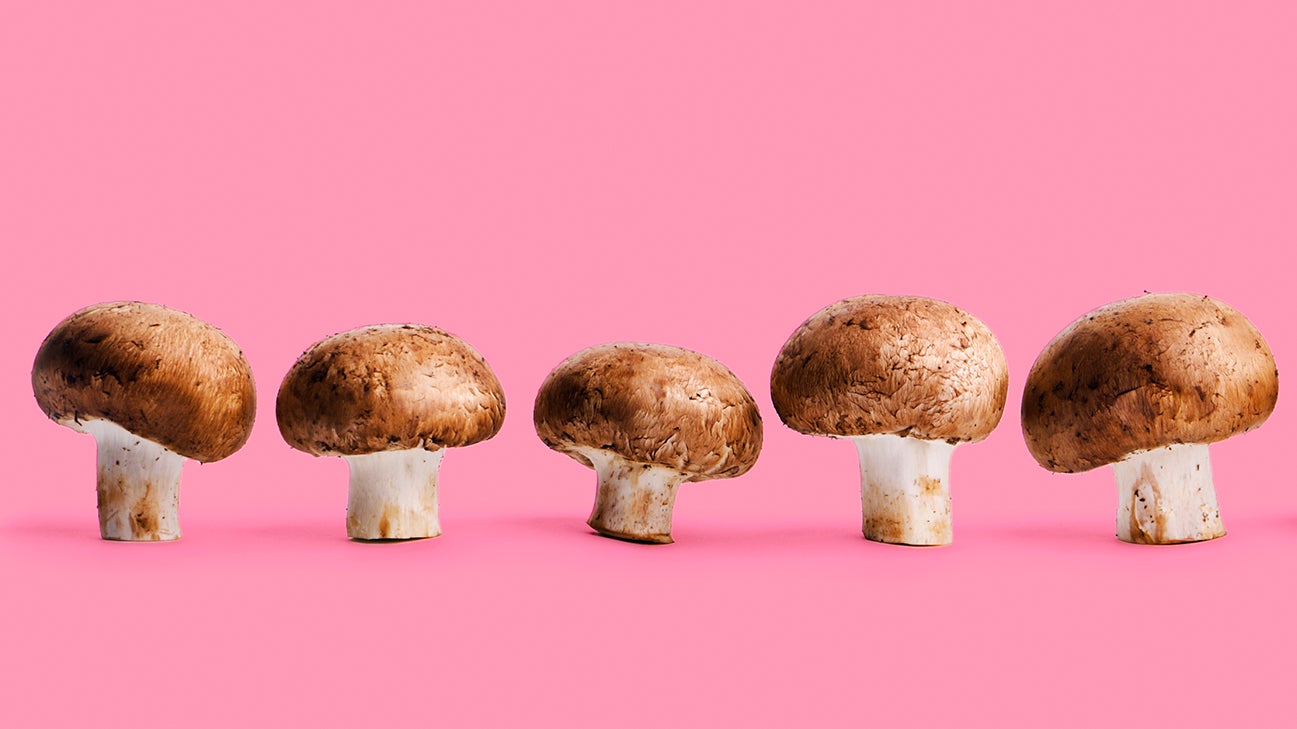
Mushrooms, the fruiting bodies of edible fungi, are amazing things in the kitchen, bearers of flavor that range from nutty to aromatically woody to—naturally—earthy.
Sometimes it’s the texture of a mushroom that strikes you most, other times it’s texture and flavor working in an eerily gorgeous kind of symbiosis. Sometimes a mushroom’s looks are just as captivating.
We asked Ian Garrone, founder of Far West Fungi in San Francisco, to guide us through the most common (and delicious) culinary specimens.
Garrone comes from a family of mushroom hunters and growers, and his shop in the San Francisco Ferry Building overflows with familiar and exotic species, from the beige buttonlike cremini to the bright orange lobster mushroom, curled like a fist.
And please note: This is a buying guide, not a foraging guide. Leave foraging to the experts (because misidentifying wild mushrooms can kill you), and leave eating and enjoying these amazing mushroom varieties to the rest of us.
Shiitake mushrooms
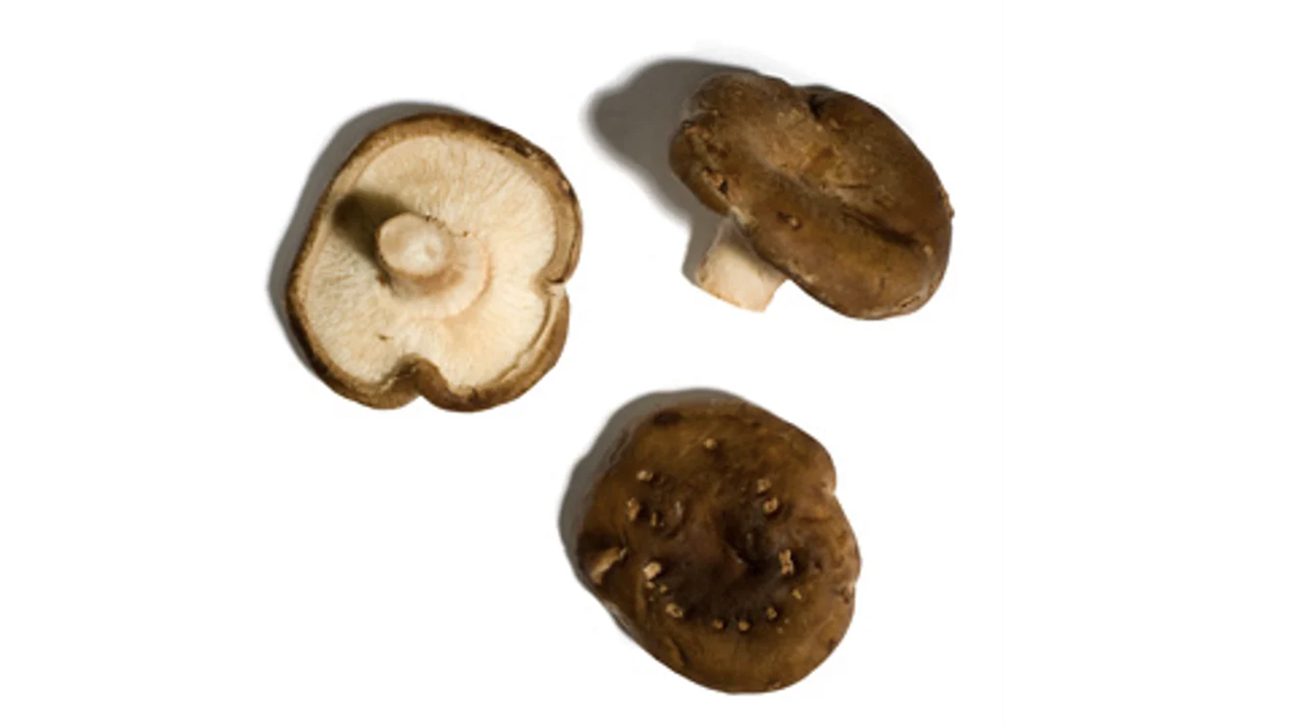
Shelf life: 14 days
The shiitake is native to East Asia, but its popularity has led to its cultivation worldwide. It is a good source of vitamin D, niacin, and potassium. Shiitakes are admired for their bold, savory, garlic flavor, and are so fleshy in texture that some people find them too chewy. “Cook for over 10 minutes,” recommends Garrone, and they’ll soften up.
Tree oyster mushrooms
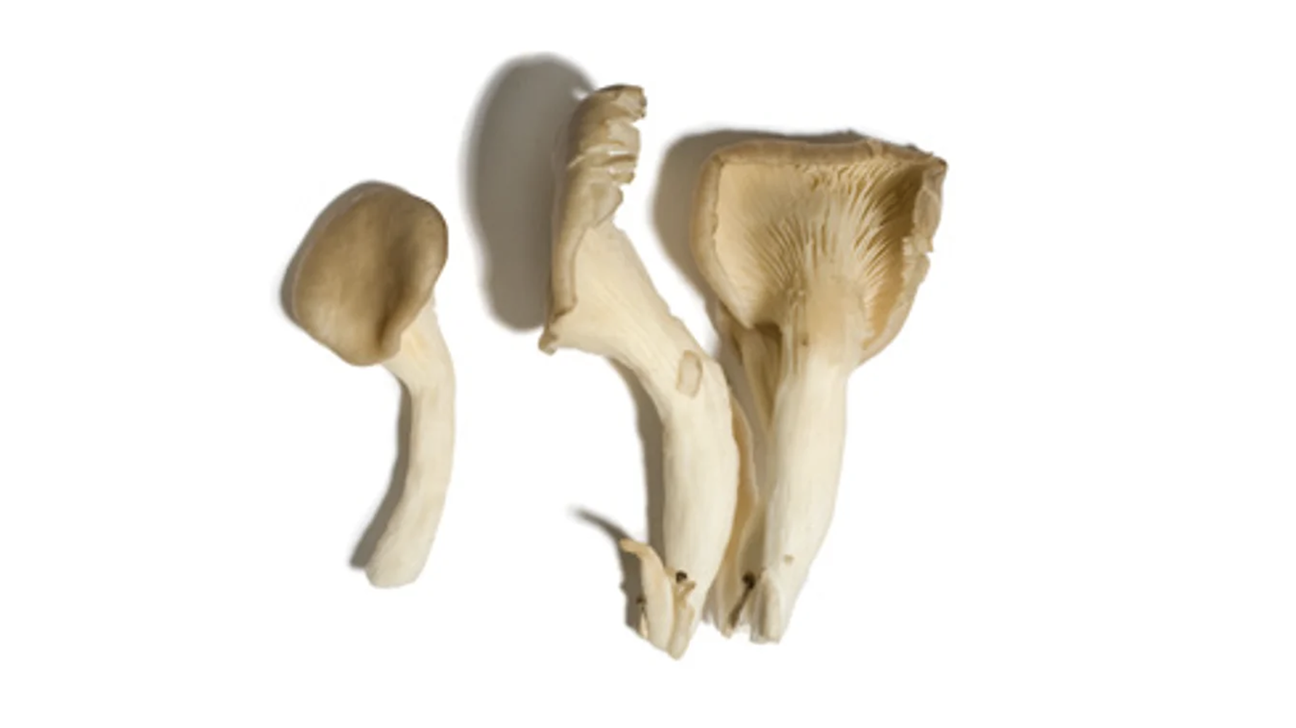
Shelf life: 3 to 4 days
There are a few different varieties of edible oyster mushrooms, including some that are pink or yellow in color, but the tannish-brown tree oyster is widely cultivated and common in grocery stores. Velvety soft in texture, it has a slightly sharp flavor that blends well with chicken and fish dishes. Don’t cook tree oysters for more than four minutes, warns Garrone, or they’ll be overdone.
Cremini mushrooms (aka crimini, brown, Baby Bella)
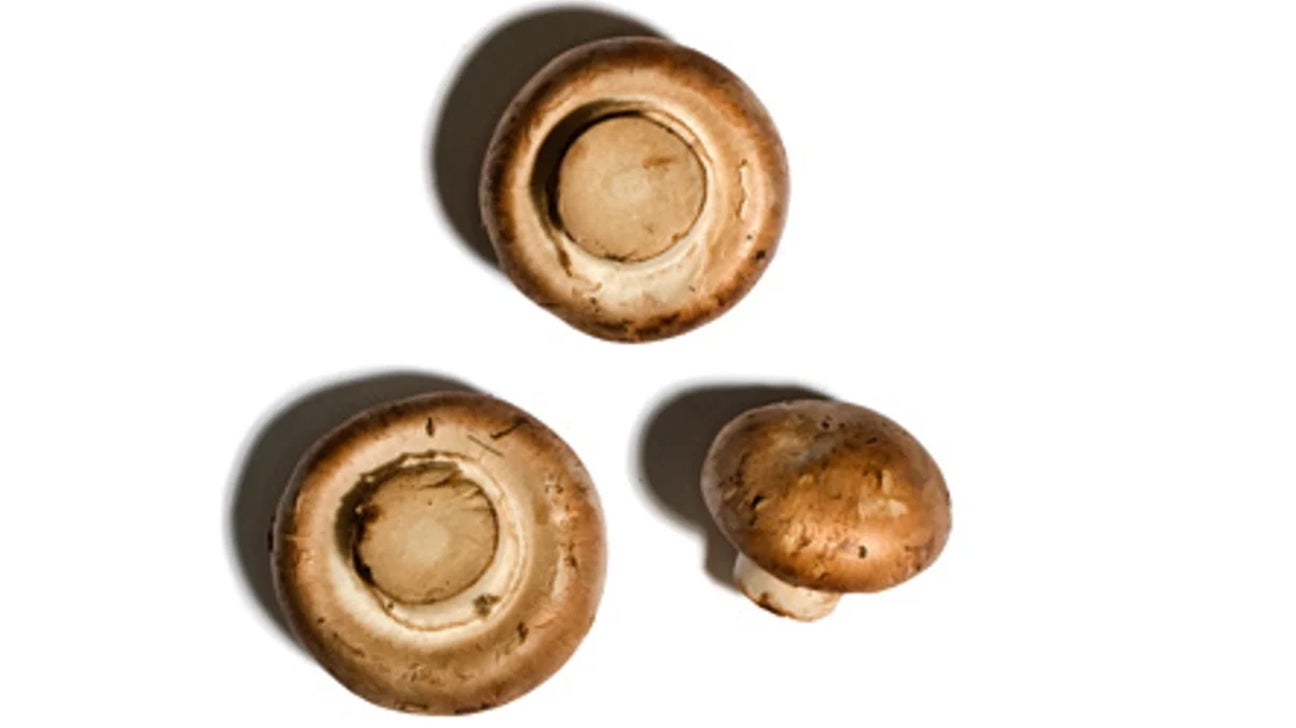
Shelf life: 7 days
The cremini, an immature portobello mushroom, graces tables worldwide. It’s widely cultivated, has a mild flavor and a traditional mushroom texture, and basically “goes in everything,” Garrone says.
Portobello mushrooms (aka portobello, portabello, portabella)

Shelf life: 7 days
A full-grown cremini, the portobello is much larger, with a fleshier texture and muskier flavor. Because of this, it is a popular substitute for meat. Garrone recommends cooking portobellos whole, because “if you chop them up into small portions, you might as well just get browns.”
Porcini mushrooms (aka Cepes, Bolete)

Shelf life: 2 days fresh
Fresh porcini have a limited seasonal window—they are harvested in the mountains in the spring and on the coast in the fall—but they can be found dried year-round. Eaten within two days of picking, they have a nice crunch and are good shaved over a salad. After two days, they should only be eaten cooked. Garrone recommends looking for fresh mushrooms that are as firm as possible. They’re apt to be buggy, so check them carefully. When dried, porcini take on a bolder, nuttier flavor.
Maitake mushrooms (aka Sheep’s Head, Ram’s Head, Hen of the Woods)
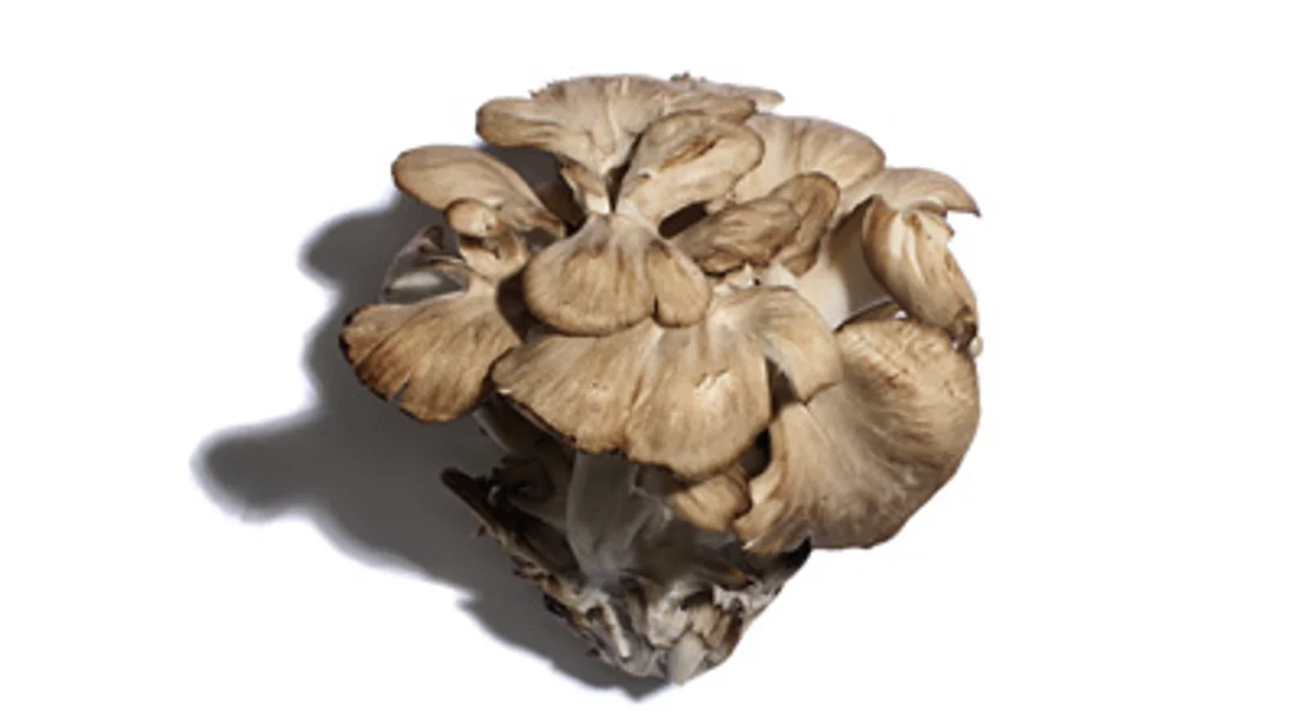
Shelf life: 10 days
This ruffled brown fungus grows at the base of trees, and can reach 50 pounds. Once considered the leading medicinal mushroom, it has gained culinary popularity because of its roasted chicken flavor and slightly meaty texture. It is rich in potassium, calcium, and magnesium, along with amino acids. Its Asian name means “dancing mushroom,” because, the lore goes, whoever found it would dance for joy. “Cook for more than 10 minutes, almost 15,” says Garrone, “and you’ve got yourself a delicious ingredient for risottos or stir-fries.”
Abalone mushrooms
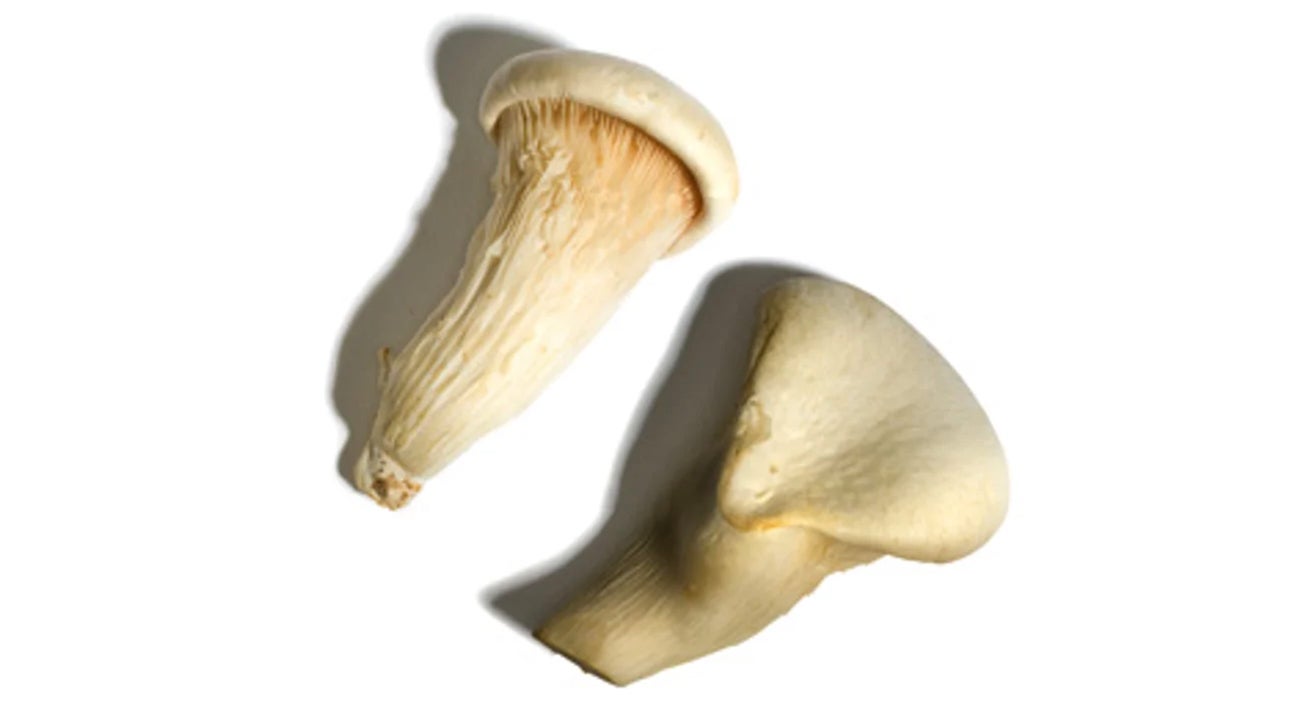
Shelf life: 7 days
A relative of the oyster mushroom, and sometimes confused with the king trumpet, the abalone mushroom has a silky texture along with a mild, buttery flavor similar to the shellfish after which it’s named. Restaurants occasionally substitute abalone mushrooms for porcini because they have fewer bug issues. Breaded and fried, they can stand in for real abalone.
Shimeji mushrooms (aka Buna-Shimeji, Bunapi-Shimeji, Hon Shimeji, Beech)

Shelf life: 5 days
Shimeji (pronounced shee-MAY-jhee) refers to about 20 different breeds of oyster mushrooms, the most common of which go by the names brown or white shimeji. Because they often grow on beech trees, they’re also known as beech mushrooms. With a firm texture and a delicate shellfishlike flavor, shimeji mushrooms are ideal for pairing with any kind of seafood.
Nameko mushrooms
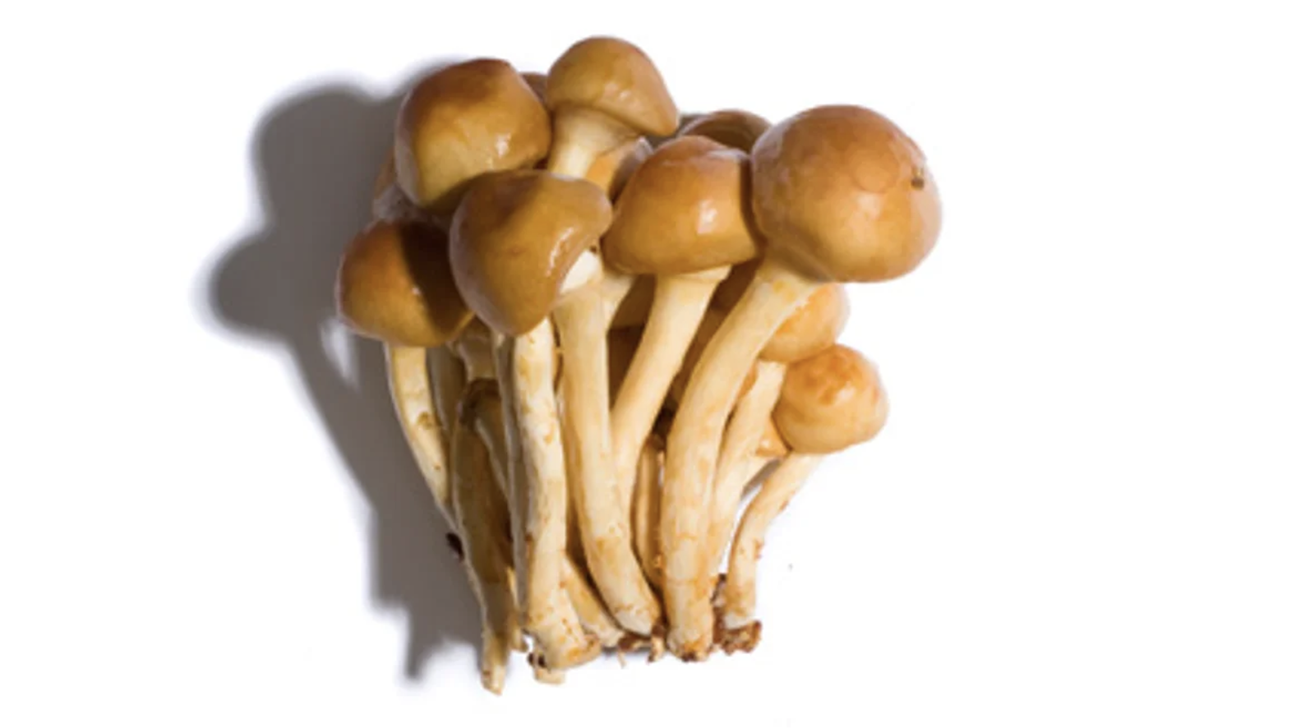
Shelf life: 3 days
These small orange mushrooms are easily identified by an unusual gelatinous coating that gives them an amber sheen. When you sauté them, the coating also acts as a good thickener for sauces or stews. Namekos have a sweet woodsy flavor and a silky, velvety texture, and they are very popular in Japan, where they are traditionally added to miso soup. Garrone recommends simply sautéing them with soy sauce and serving over rice.
Pioppini mushrooms
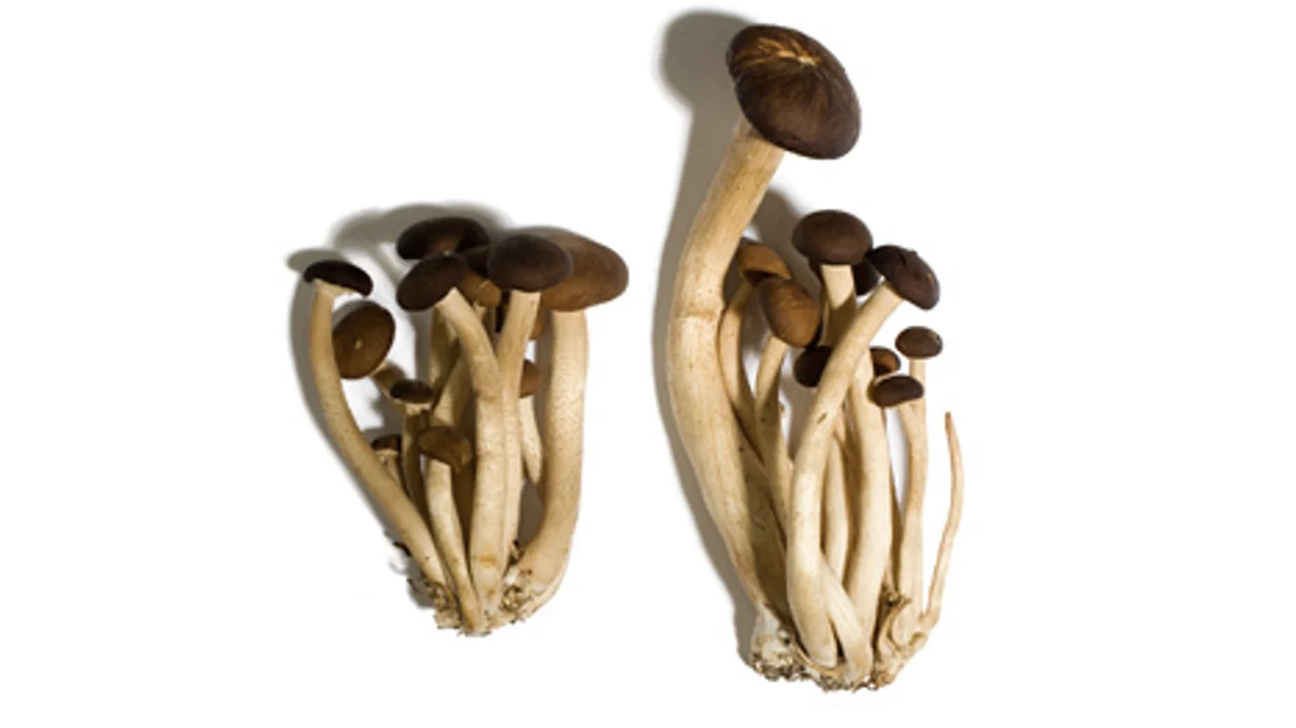
Shelf life: 7 days
A member of the shimeji family, pioppini mushrooms have a flavor similar to porcini but are more peppery. Their firm texture makes them a good addition to a stir-fry; you can use the whole mushroom, stem and all. Garrone says the pioppini has become many people’s favorite go-to mushroom because it has a lot of flavor yet is relatively inexpensive.
King Trumpet mushrooms (aka French Horn, King Oyster)
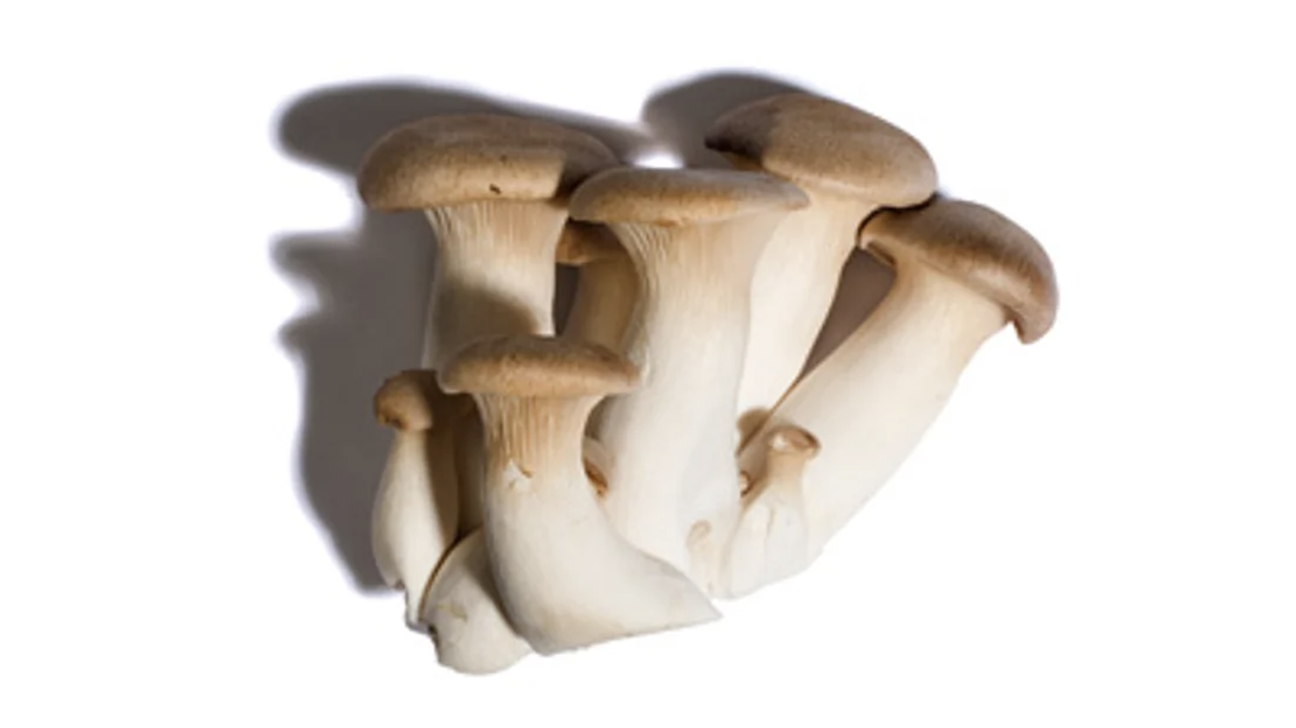
Shelf life: 10 days
In the same family as the oyster mushroom, the king trumpet is larger and denser. Its buttery, sweet flavor makes it a good choice for grilling and as an addition to stews. An “all-around good mushroom,” Garrone says.
Morel mushrooms (aka Land Fish)
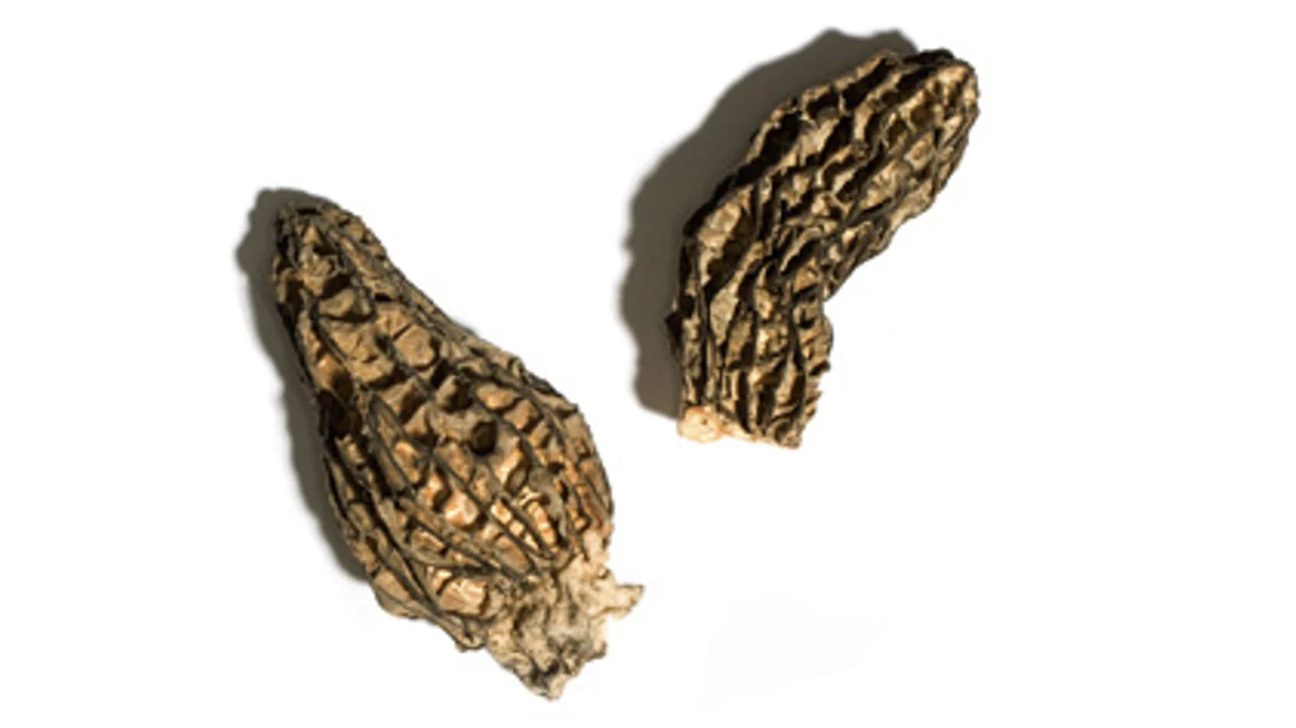
Shelf life: 5 days
This springtime mushroom is highly prized for its earthy, smoky flavor and light, veal-like texture. Because it’s so strong in flavor, the morel works well with beef and in rich gravies. One popular fresh preparation is to flour and fry morels.
Chantarelle mushrooms
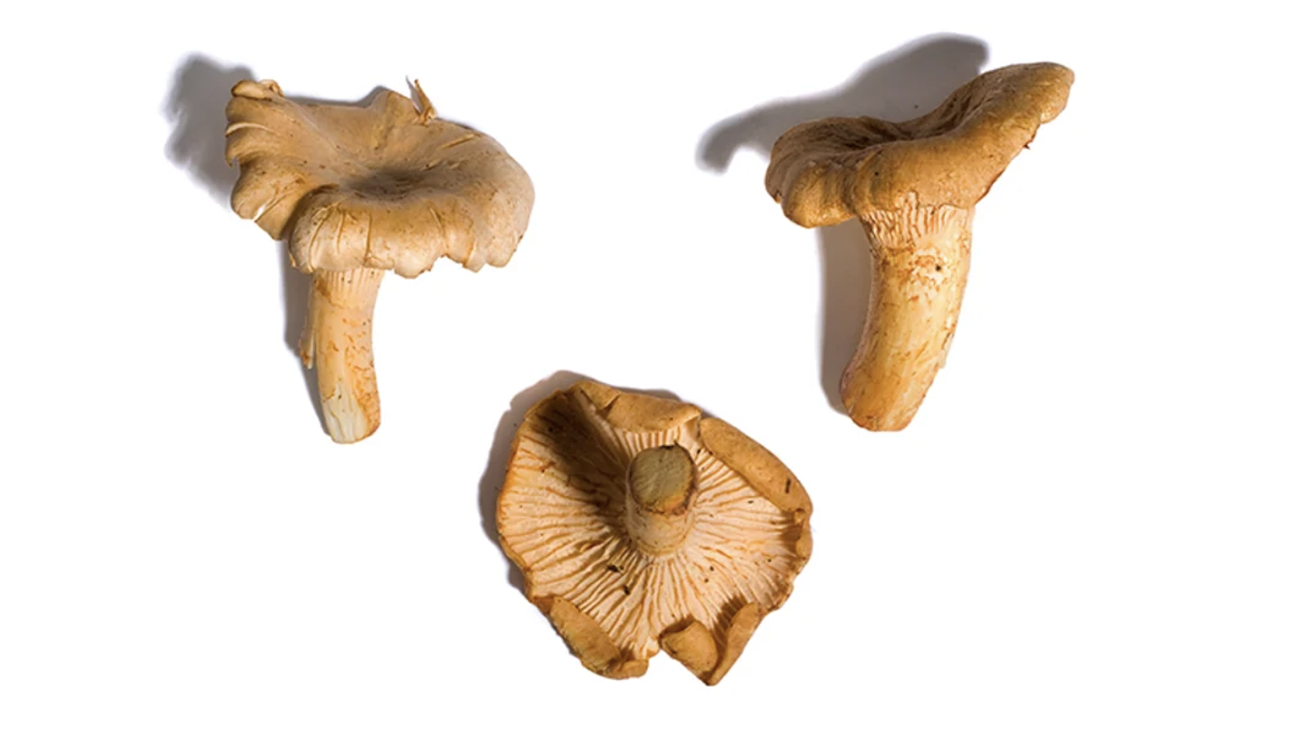
Shelf life: 10 days
Chanterelle refers to a family of mushrooms including the golden, yellowfoot, and white chanterelle, as well as the black trumpet mushroom. In the United States, chanterelles are in season during the fall, but Garrone says they’re available 10 months out of the year worldwide so you have a good chance of finding them any time. With a firm texture and a subtle flavor featuring peppery apricot notes, they’re great in cream sauces.
Black Trumpet mushrooms
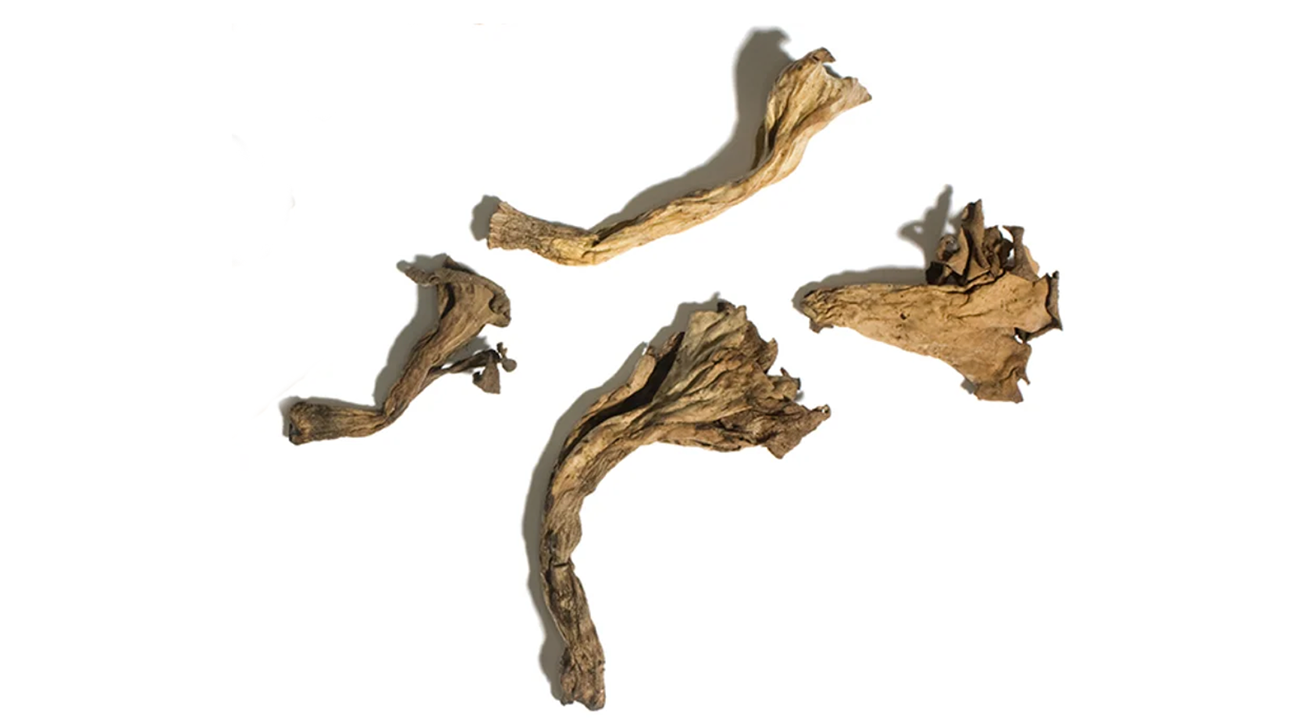
Shelf life: 4 to 10 days, depending on moisture level
Garrone describes the texture of black trumpets as “very slight, almost like they’re not really there,” but the mushrooms’ aromatic, cheeselike flavor makes up for that. Chop them finely and add them to eggs, stews, or anything that needs a bold flavor pickup. Black trumpets are harvested in late fall and into winter across the United States.
Lobster mushrooms
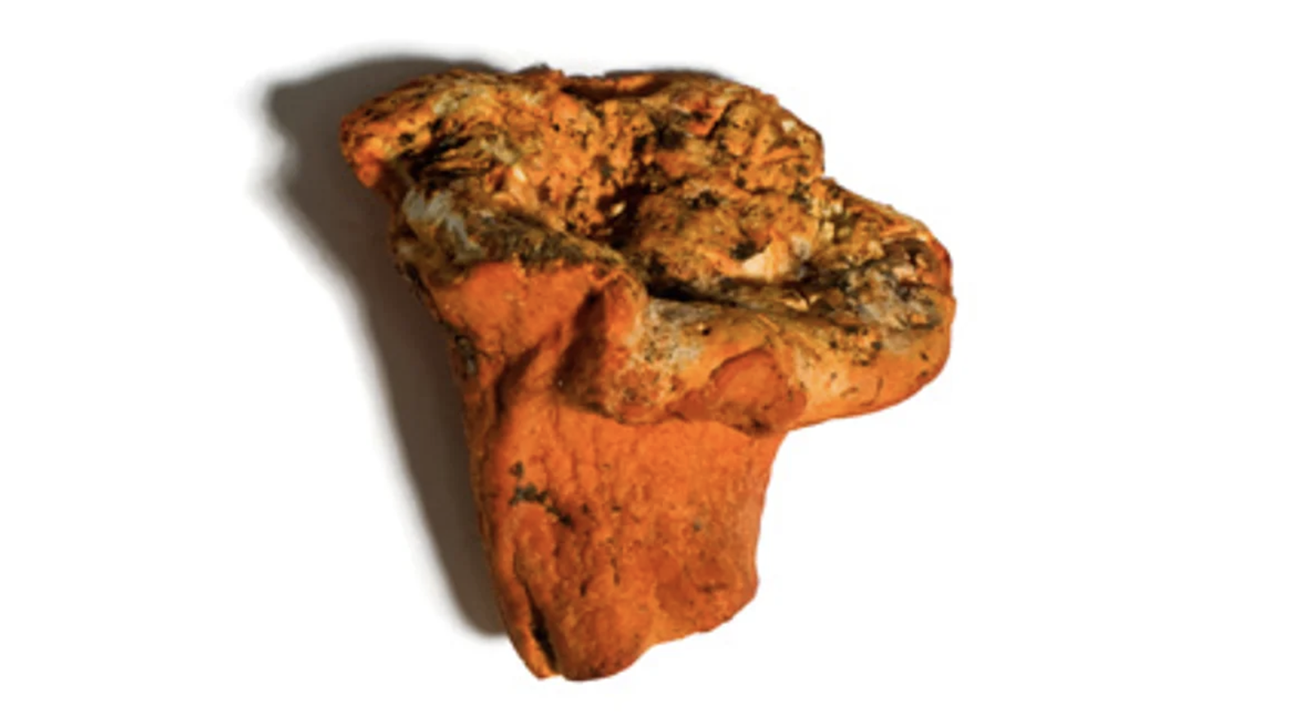
Shelf life: 7 days
The lobster mushroom gets its distinctive red color from a powdery parasitic fungus that grows on its surface, but don’t let that sway you: Its walnut-meat texture and mild seafood flavor have made it increasingly popular. Lobster mushrooms are better fresh than dried, and the best time to find them in the U.S. is September. Check them carefully for bugs. Garrone recommends brushing them with olive oil and garlic and grilling, or using them in lobster bisque instead of the real thing.
Cauliflower mushrooms
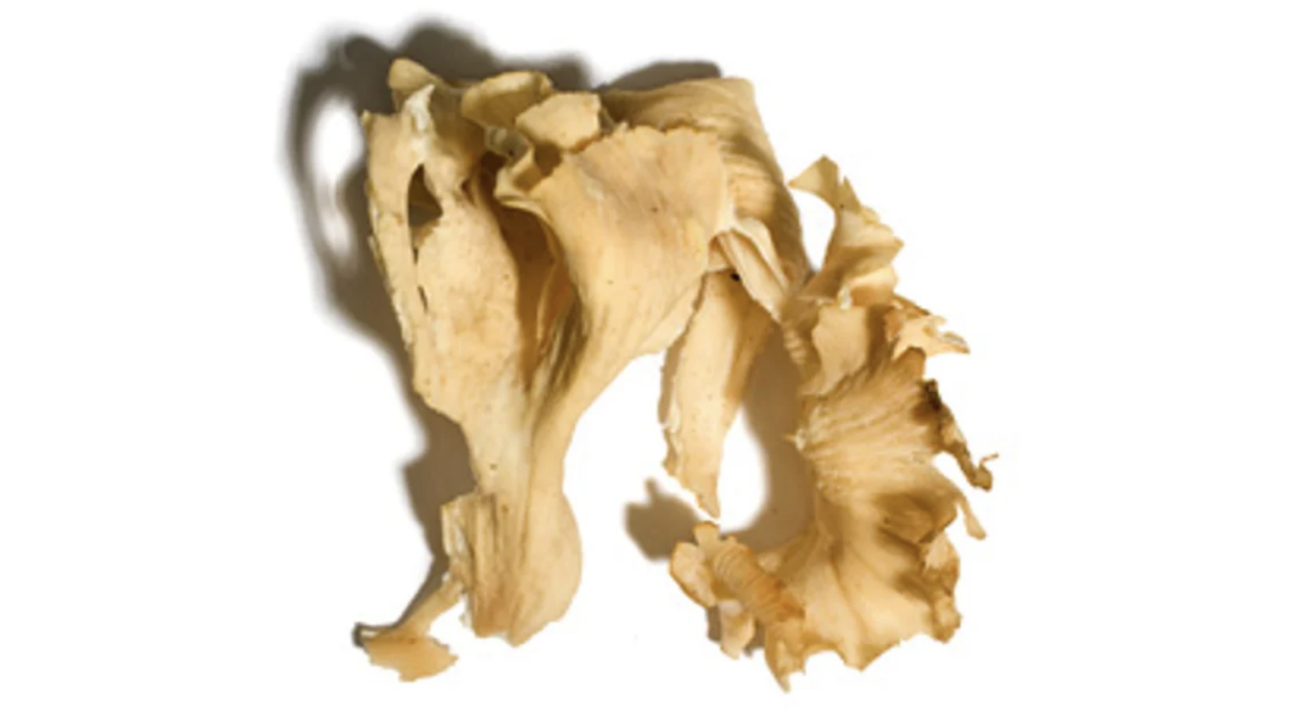
Shelf life: 7 days
Picked in the late spring to early fall in Oregon and Washington, cauliflower mushrooms grow in clusters that can weigh as much as 35 pounds. They have the texture of egg noodles and a rainy, lemon-zest flavor, and can be used as a noodle substitute. Garrone recommends chopping and sautéing them as a side dish with herbs and cream. Look for specimens that are as white as possible, in clusters the size of a cauliflower head.
Yellowfoot chanterelle mushrooms

Shelf life: 4 days
A true winter mushroom, the yellowfoot is sought for its earthy, woodsy flavor. Its delicate texture breaks down easily in sauces, and it is usually paired with veal or pork, as well as game dishes such as venison, rabbit, duck, or quail. Don’t confuse it with its relative, the golden chanterelle.
Fairy ring mushrooms

Shelf life: 1 year dried
This fall mushroom is imported from Europe and can be found dried year-round. Its cashewlike flavor makes it ideal for risottos and cream sauces. Garrone also recommends it with fish; he recently made a halibut dish with pecans and fairy ring mushrooms. The dried form of the mushroom has an intense flavor, so just use a little bit.
Candy cap mushrooms
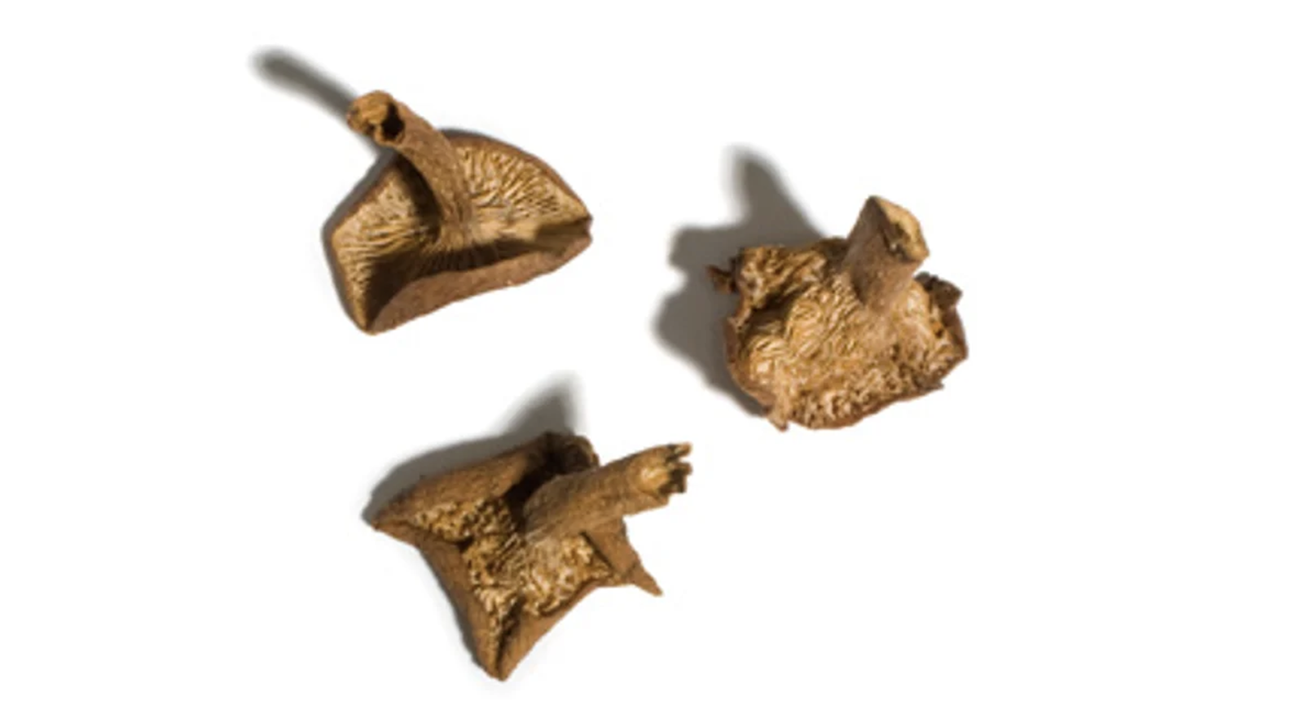
Shelf life: 2 to 3 days fresh, 1 year dried
Generally only found dried (fresh specimens can sometimes be spotted in December or January in U.S. markets), the candy cap is prized for desserts. It has a distinctive sweet maple scent and flavor that go well in shortbread or cheesecake. Powdered, it can be added to pancake batter as a sweetener for diabetics. It can be expensive, but half an ounce is enough for a gallon of ice cream, says Garrone.
Matsutake mushrooms (aka pine mushrooms)
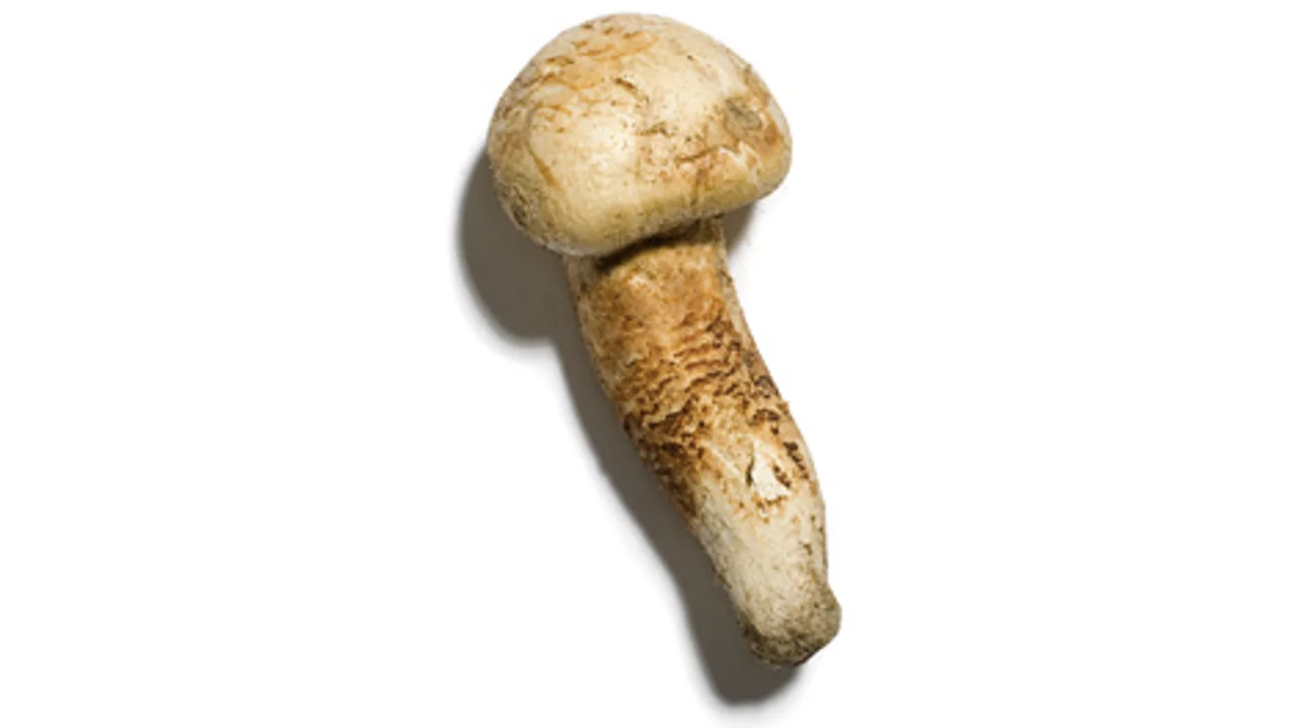
Shelf life: 3 to 14 days, depending on the quality
Extremely popular in Japan, matsutakes are best fresh and can sell for well over $100 per pound. They are a fall variety in the States. Garrone describes the texture as “a little fibrous” and the flavor as “cinnamon pine.” Look for a specimen that is still closed, i.e., one in which you can’t see the gills. Matsutakes grow in sooty soil, so they’ll usually need a lot of cleaning with a moist paper towel. They are aromatic and traditionally served in miso soup or rice dishes.
Black truffles
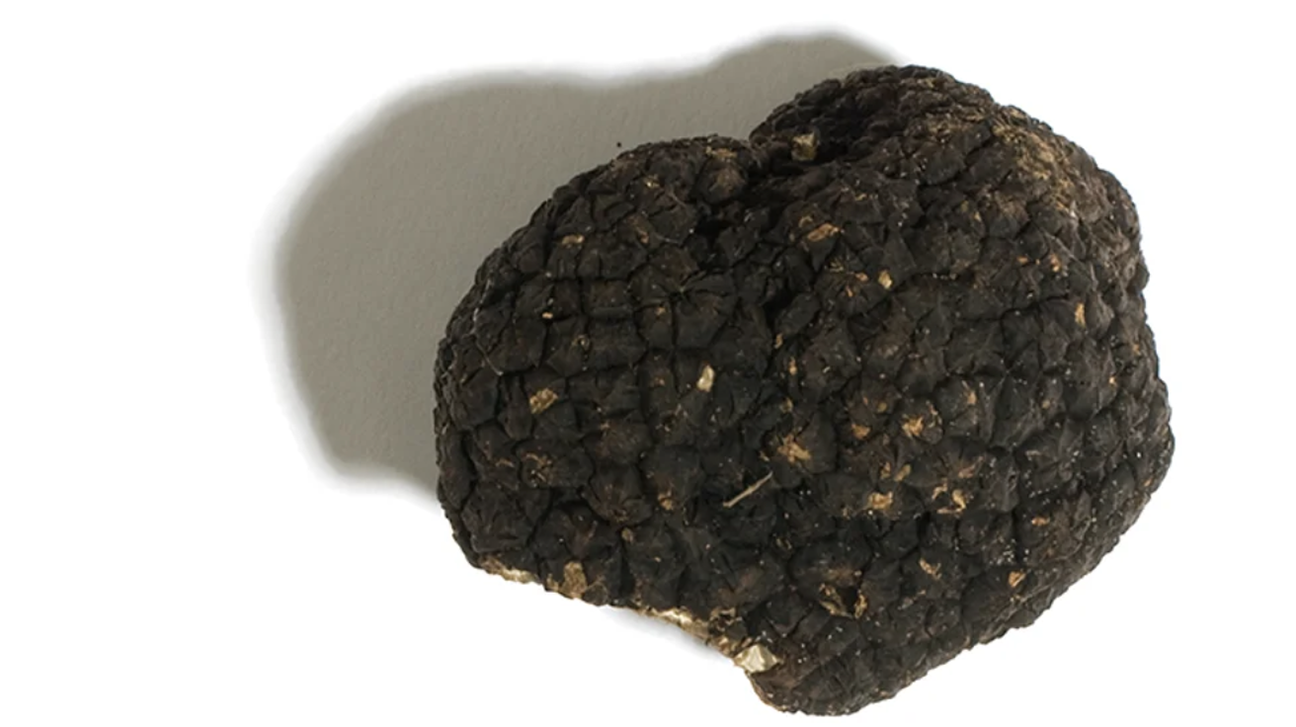
Shelf life: 4 days (the aromatics will be lost after that)
Brillat-Savarin called the truffle “the diamond of the kitchen.” Valued for their aromatic qualities, truffles vary in taste and smell depending on their age and provenance. They’re generally harvested in northern Italy, Spain, France, and Oregon. Flavors can range from earthy to green apple to savory garlic, while prices can range from $400 to $1,600 a pound. Look for very firm specimens. Usually shaved over warm food, truffles can also infuse foods; stored with eggs, for example, they will flavor the eggs.
Mushroom recipes
Ready to eat? These are some of our best mushroom recipes.
Wild Mushrooms à la Crème
Cooking a curated collection of wild and cultivated mushrooms—chanterelles, cremini, porcini, morels—is a way to appreciate broad and subtle differences in texture and flavor. This classic French recipe takes a diversity of mushrooms and unites them in an irresistible creamy sauce. Get our Wild Mushrooms à la Crème recipe.
Creamy Rigatoni with Chicken and Mushrooms
Cremini are a threshold fungus, the variety most like common white button mushrooms. This creamy, comforting, and high-flavor pasta ekes the most out of cremini—they’re sautéed in the pan used to sear chicken, so they pick up all the rich brown goodness. Get our Creamy Rigatoni with Chicken and Mushrooms recipe.
Mushroom and Chile Tacos
The ubiquitous portobello gets a fresh identity as a taco filling. They’re sautéed with onion, fresh poblano chile, ground cumin, and dried oregano, then allied elements of classic pico de gallo salsa: tomato, lime, and cilantro. Get our Mushroom and Chile Tacos recipe.
Porcini-Parmesan Salt
Drying preserves the deep-forest scent of porcini, and this DIY flavored salt makes that scent accessible to a wide array of dishes. Sprinkle it into scrambled eggs, use it to season roast chicken, or make it the centerpiece of a simple cream-based pasta. Get our Porcini-Parmesan Salt recipe.
Warm Fava Bean and Chanterelle Salad with Poached Eggs
To some, chanterelles are the apotheosis of mushroom flavor, earthy, deliciously wine-y, and delicately textured. This warm spring salad, with new-season fava beans, fingerling potatoes, and a bit of shallot and Dijon mustard, brings out their best. Poached eggs are an appropriately luxurious crowning touch. Get our Warm Fava Bean and Chanterelle Salad with Poached Eggs recipe.
Morel Mushroom Toasts
Morels have deep flavor and a firm, almost chewy texture, two qualities that this classic French recipe takes full advantage of. Fresh spring morels are roasted, then combined with shallots cooked in butter, flamed with Cognac, and served on toast. Get our Morel Mushroom Toasts recipe.
Gai Lan and Shiitake Stir-Fried Brown Rice
This earthy vegetarian dish with gai lan (Chinese broccoli) relies on fresh shiitake to provide a meaty kind of heft and the mysterious woodsy flavor these mushrooms are prized for. Brown rice ups both the flavor and texture of this quick, healthy recipe. Get our Gai Lan and Shiitake Stir-Fried Brown Rice recipe.
Fresh Pasta with Black Truffles
Fresh black truffles are a treat; try this fresh pasta recipe to showcase them (though a truffle roast chicken is also divine). Get our Black Truffle Pasta recipe.

0 Commentaires